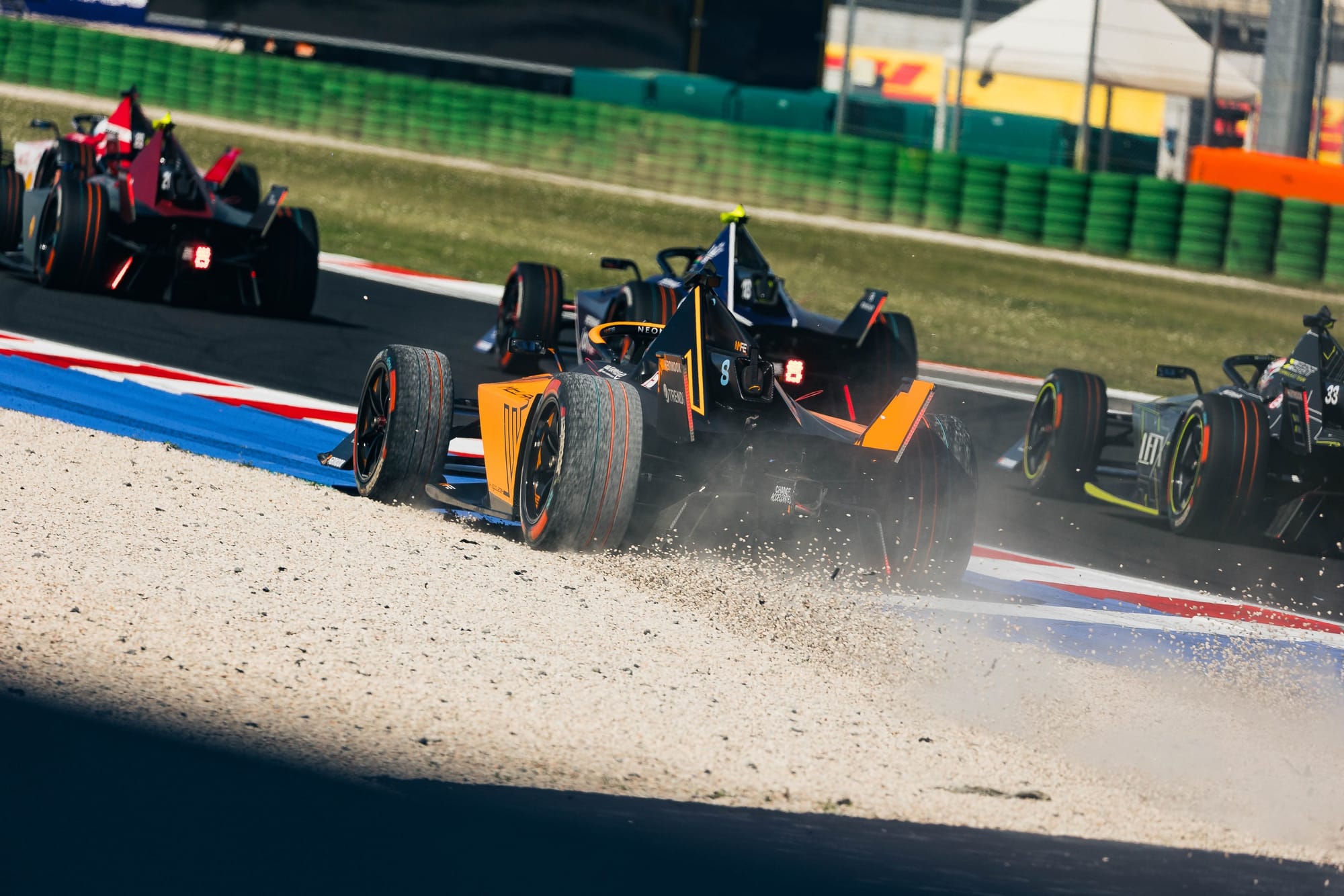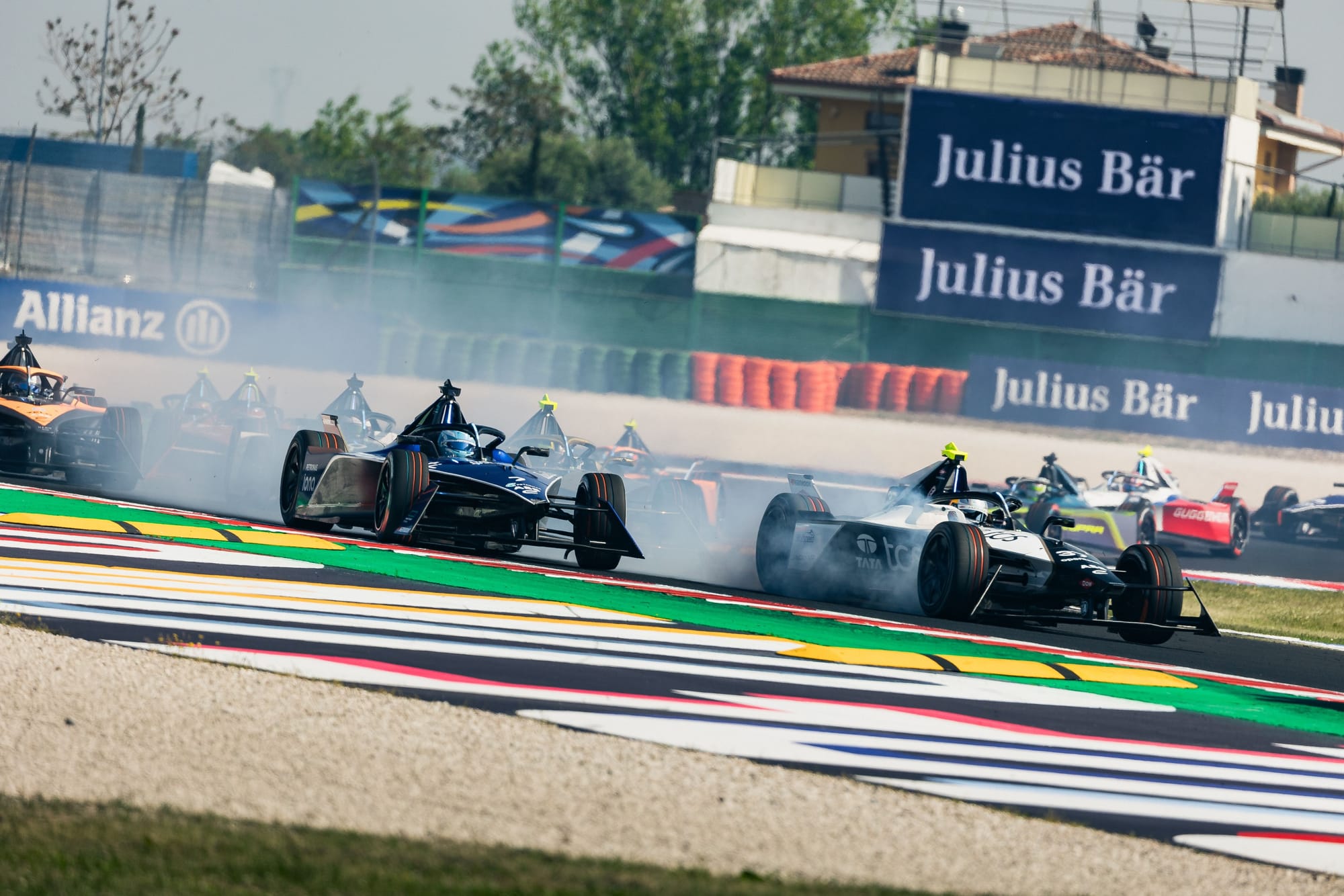until Abu Dhabi Autonomous Racing League

Nestled in what was an otherwise quiet second practice session ahead of the first Misano E-Prix earlier this month was an accident that should be viewed as a serious safety warning for Formula E.
Jaguar driver Nick Cassidy was forced onto the grass exiting the mostly blind Turn 13 left-hander in avoidance of Sam Bird - who was on the racing line, the McLaren having moved across to avoid Dan Ticktum's ERT - whereupon Cassidy lost control, glanced the wall, and broke his right front suspension before impacting the tyre wall at the final corner.
The moment @NickCassidy_ made contact with the wall at the end of FP2 💥
— Formula E (@FIAFormulaE) April 13, 2024
It will be a tight turnaround for the @JaguarRacing team to have the car ready in time for today's Qualifying session.#MisanoEPrix pic.twitter.com/DH1fc5A6aP
The speed difference between Cassidy and Bird, who was slowing to build for a qualifying sim lap, is believed to have been approaching 100mph.
The Race witnessed the incident in realtime trackside and spoke to Cassidy as he exited his cockpit. His recollection was swathed in a mixture of garbled anger and shock and it wasn’t hard to see why.
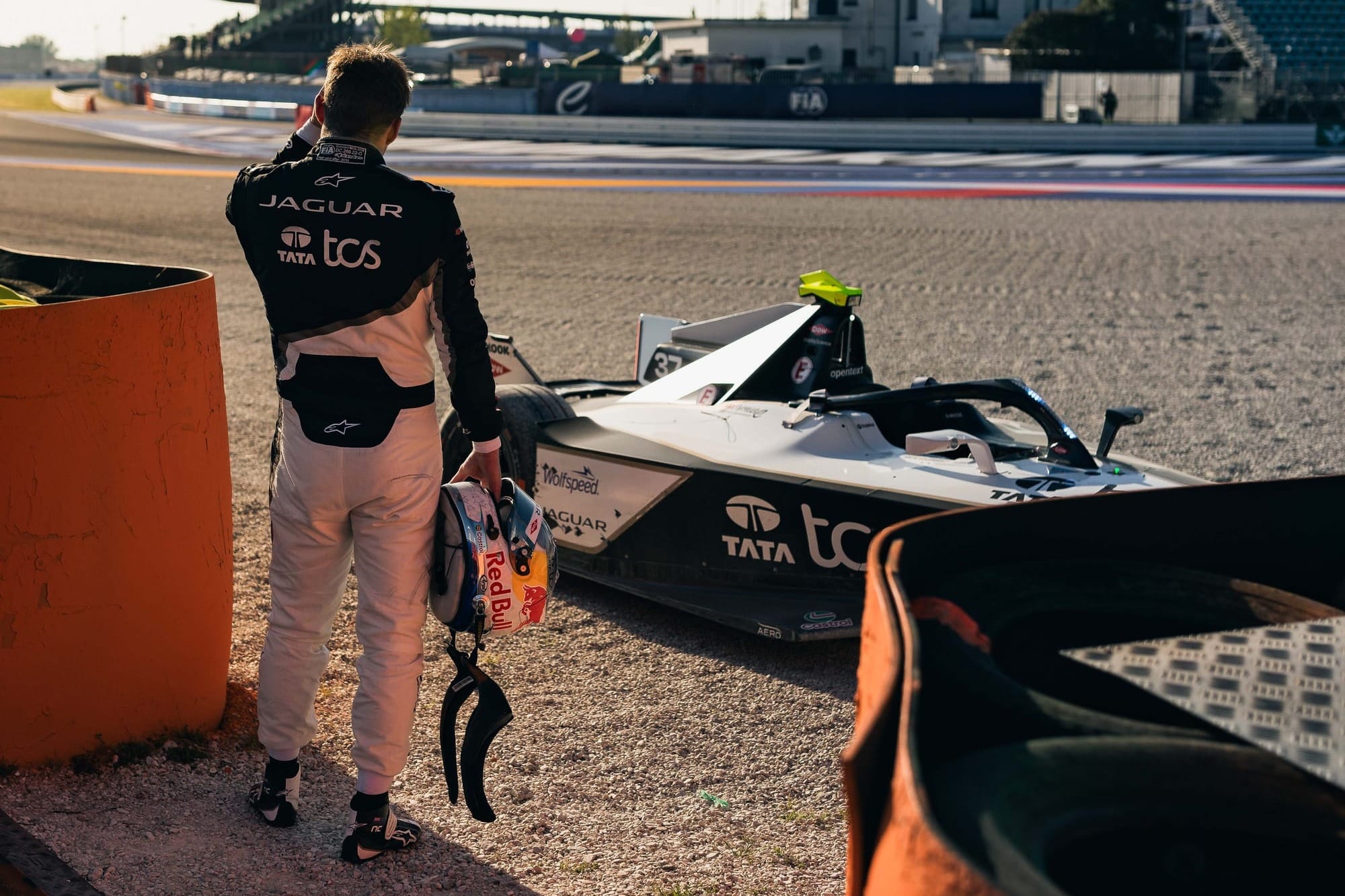
Formula E, like other major championships, is now so competitive that nailing a qualifying simulation run in free practice is very important. To do this, drivers need a clear run into the lap and preferably enough gap throughout it not to be held up at any point. This is seen in so many other disciplines, notably Formula 1.
To progress into the duels in the full 350kW qualifying mode is essential: it can make or break a driver's E-Prix. Misano was possibly the least important qualifying session this season, yet still drivers also hanker after the points - three are on offer for pole - as well as the kudos and competitive satisfaction.
A big part of what happened to Cassidy comes down to the responsibility of the engineering teams that are in constant communication with cars that are just starting laps while others may be finishing them. The drivers can only see so much.
This is why teams use GPS data and why they are the all-seeing eyes on track in addition to the pairs ensconced in the helmets.
“What they [McLaren engineers] didn’t know was that Nick had done a 350kW lap and then was continuing to push for 300kW one,” Bird told The Race after the shunt.
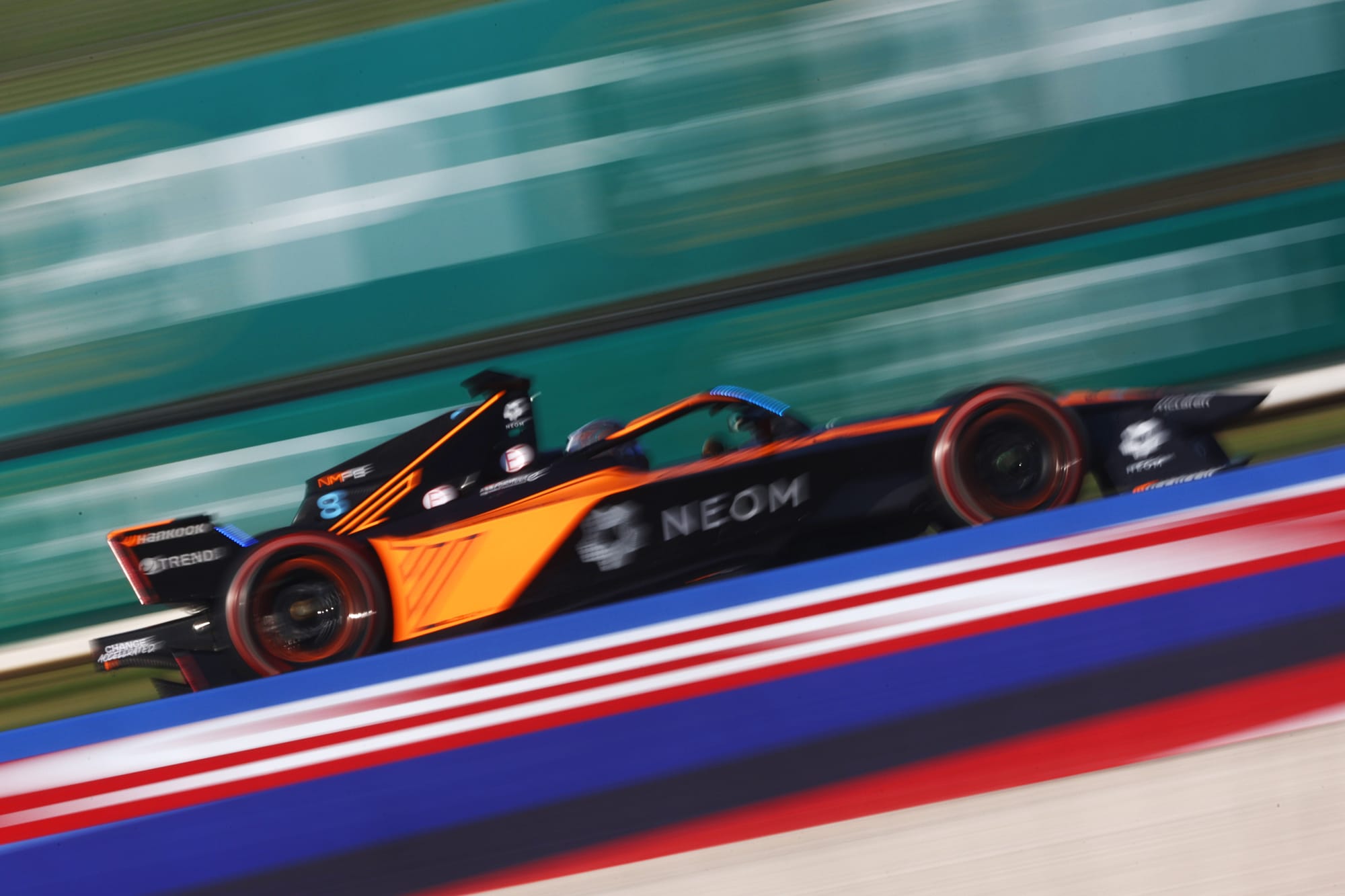
“The team are looking for green sectors of people when they’re coming behind to see if they’re on a push lap, or at least green mini sectors, and because he’d just done a 350kW [lap], he was not green in any sector at all.
“I was looking at Dan Ticktum, who was behind me, as a reference. I was told that everyone was on the same sequence.
“They didn’t give me the information he [Cassidy] was on a push lap, so I’m about to prepare for my lap and all of a sudden he’s there.”
Cassidy’s impact with the barriers was reasonably light. Yet had he not reacted as quickly in trying to avoid the McLaren, any wheel-on-wheel contact could have launched Cassidy into a wild flight.
Is there a viable solution?
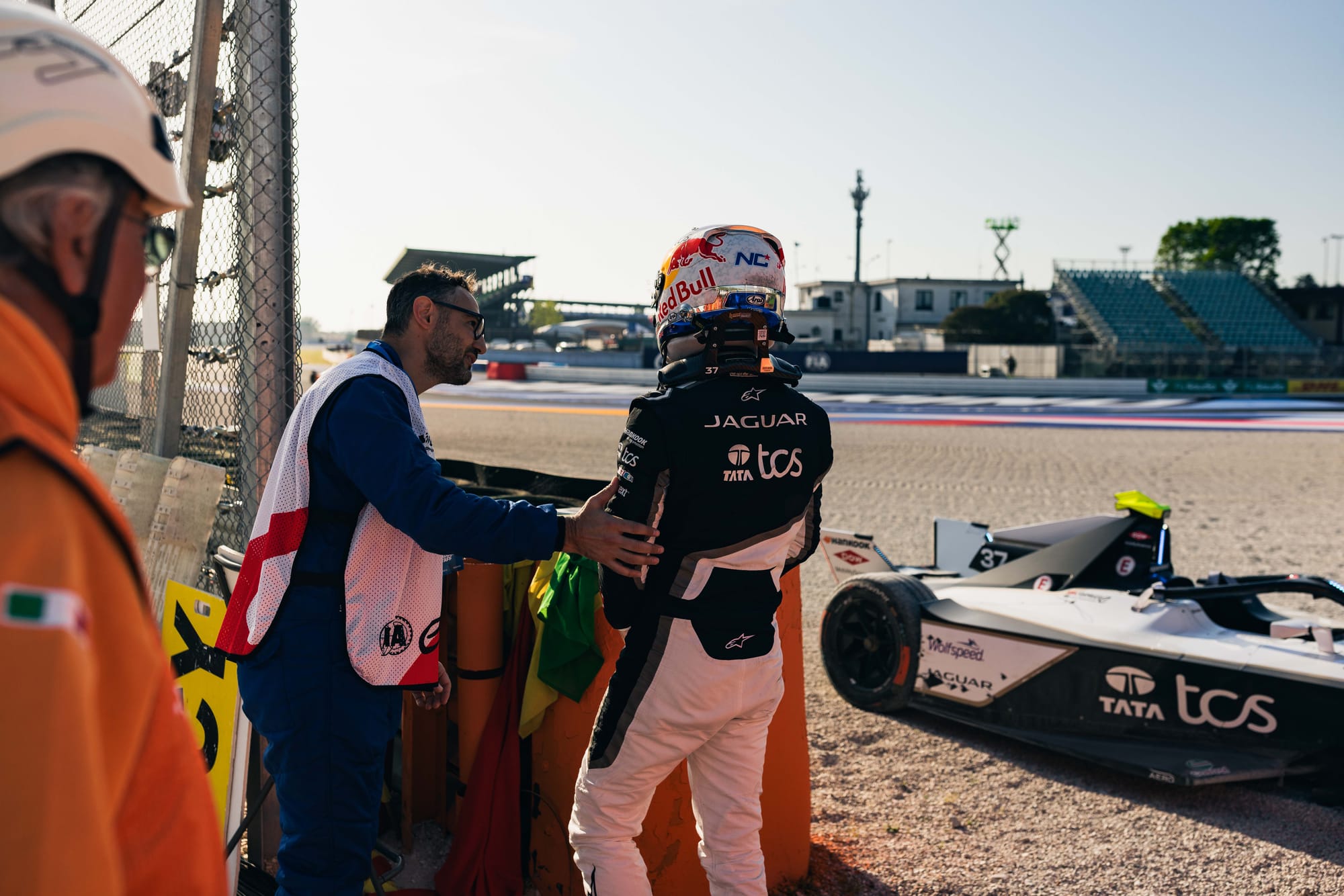
Apart from changing the entire sporting format of sessions, it is difficult to implement anything that could be easily policed in ensuring that cars do not continue the process of slowing to find gaps in traffic.
For a possible solution, Bird suggested implementing a maximum final sector time.
“I don’t think anyone is at fault,” he said. “I think maybe a new regulation whereby you give the final sector a certain time that you have to be within to start your push lap, and then there’s no concertina effect.”
This isn’t believed to be popular among drivers and teams but it must have been looked at by the FIA already. It has been trialled in lower formulas, such as the Formula Regional series, but it has never stuck.
Ultimately, Bird should not have been doing that speed on the racing line. He was given a reprimand in a decision that for reasons not known took eight hours for the stewards to come to.
Additionally, there were some grumblings in the paddock that several drivers, among them Jaguar’s Mitch Evans, were penalised with grid penalties for perceived blocking at the preceding Tokyo qualifying session, whereas Bird escaped without sporting sanction at Misano.
“Quite simply those cars shouldn’t have been on the racing line,” Jaguar team principal James Barclay told The Race.
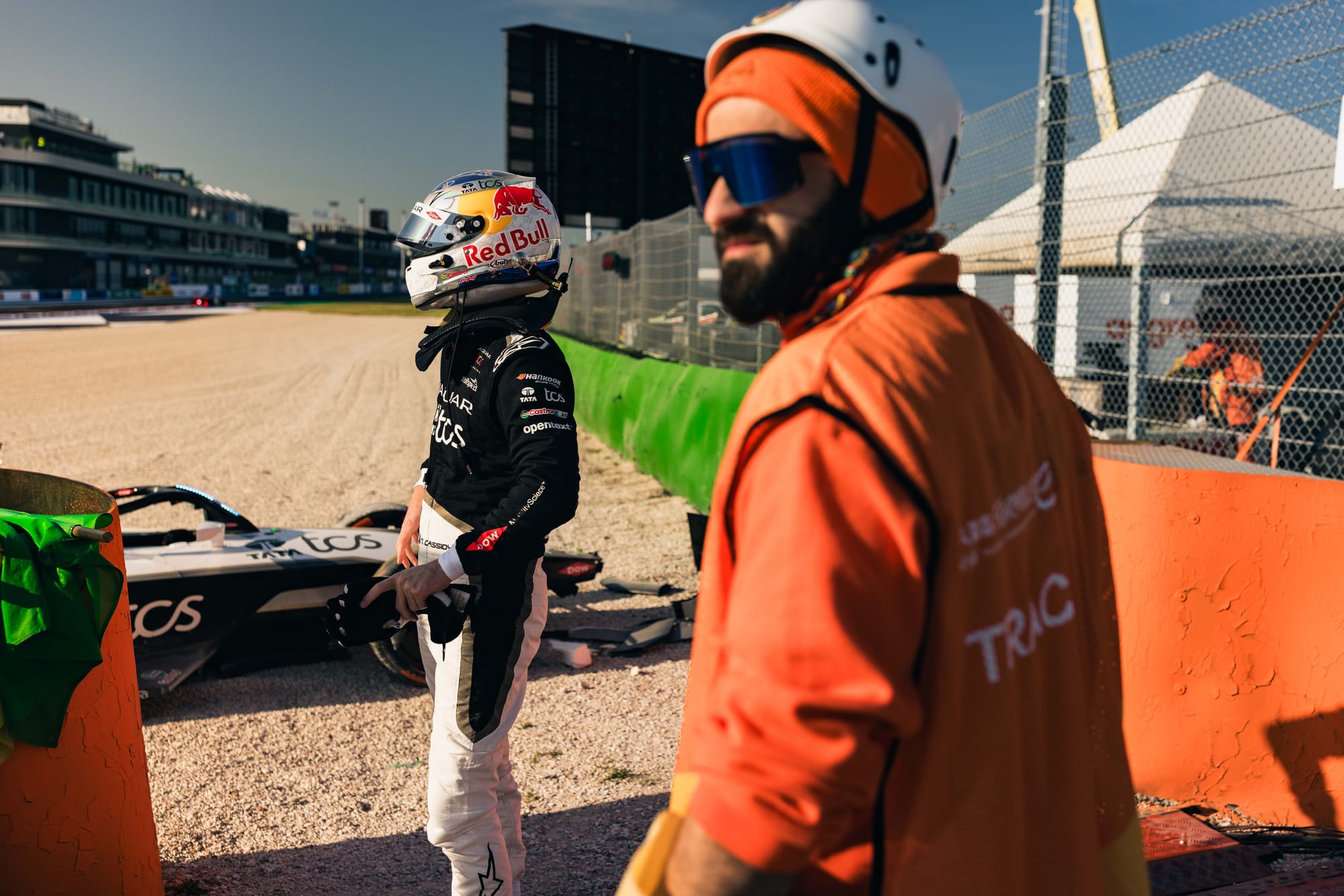
“To be fair to Nick, he reacted very quickly, he put the car right to the edge of the track and unfortunately Sam, who was the last car he encountered, actually moved to the right, forced him right off track.
“He did his best to control it and I think it could have been a much bigger incident if he hadn’t managed to hold onto the car as best he could to try and get the car slowed down.
“It happens but you’re always monitoring traffic around you. It’s not easy, it’s very complex, the engineers are having to deal with a lot.
“I’m not saying we haven’t done it in the past and I’m not saying we won’t do it again but you try and avoid it, you always try and avoid it.
“You’ve just got to be informing and watching people on fast sectors behind you.”
Barclay had his own thoughts on what could be done but said it would be complex to implement something that brought sporting equality and consistency.
“Creating a warning system for the drivers that a car is coming fast, that’s a really complicated thing to get right if I’m really honest,” he said. “I think it does just come down to trying to maintain really good comms, and I think driver etiquette also.”
Will there be more flashpoints?
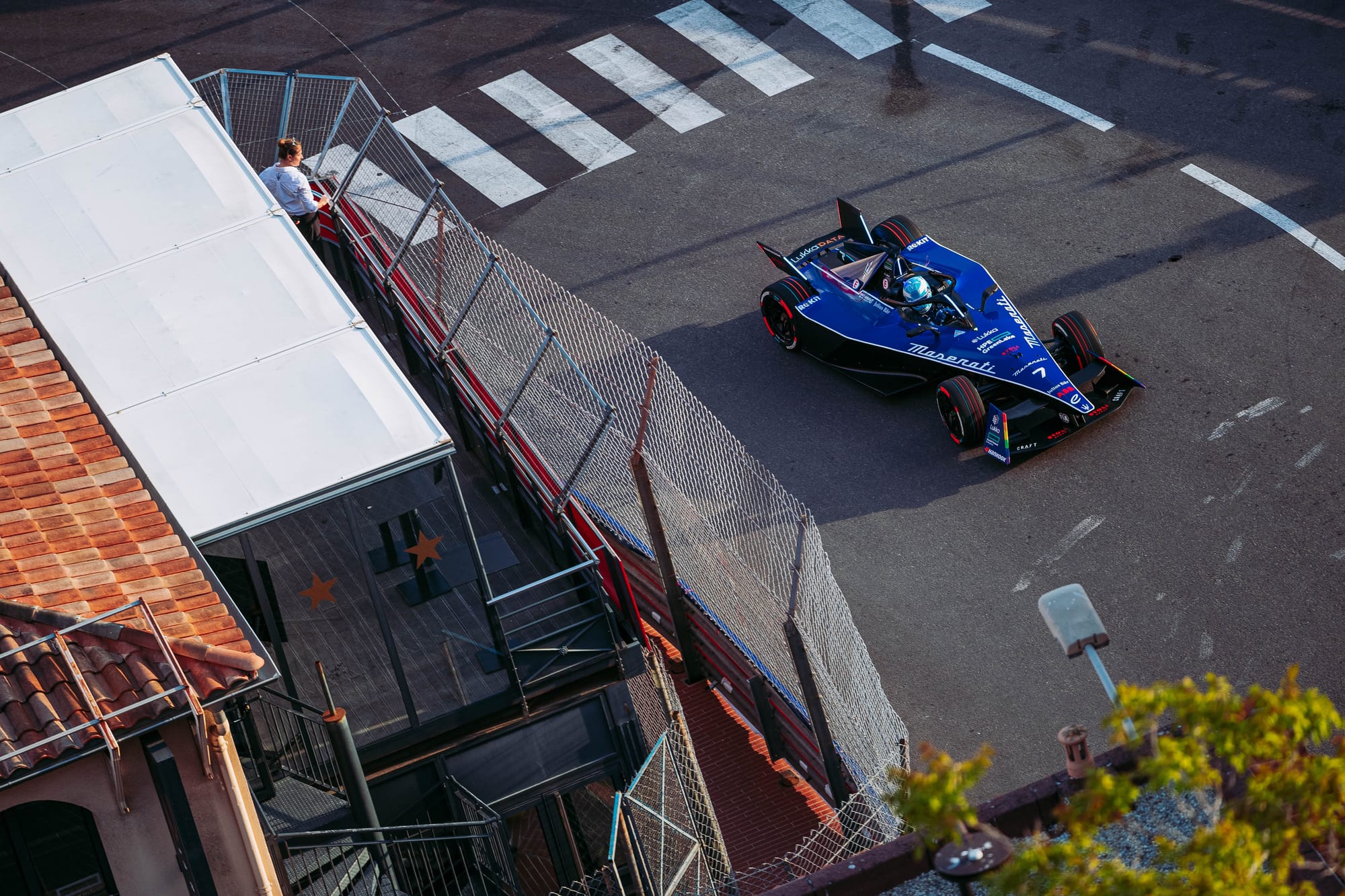
The slow-speed stretch from La Rascasse to Anthony Nogues in Monaco may not seem like a particular point where a similar situation to Misano might evolve, but it could still cause problems in arguably Formula E’s most important pre-race sessions of the season this Saturday.
Drivers will find space at a premium in the final sector of the circuit and Monaco’s high-rise structures mean issues with GPS are commonplace - either technically or often via excuse-ridden explanations.
The new Berlin configuration is something of an unknown in May, while Shanghai and Portland after that could be difficult in terms of a medium-to-high-speed entry onto straights, as per Misano.
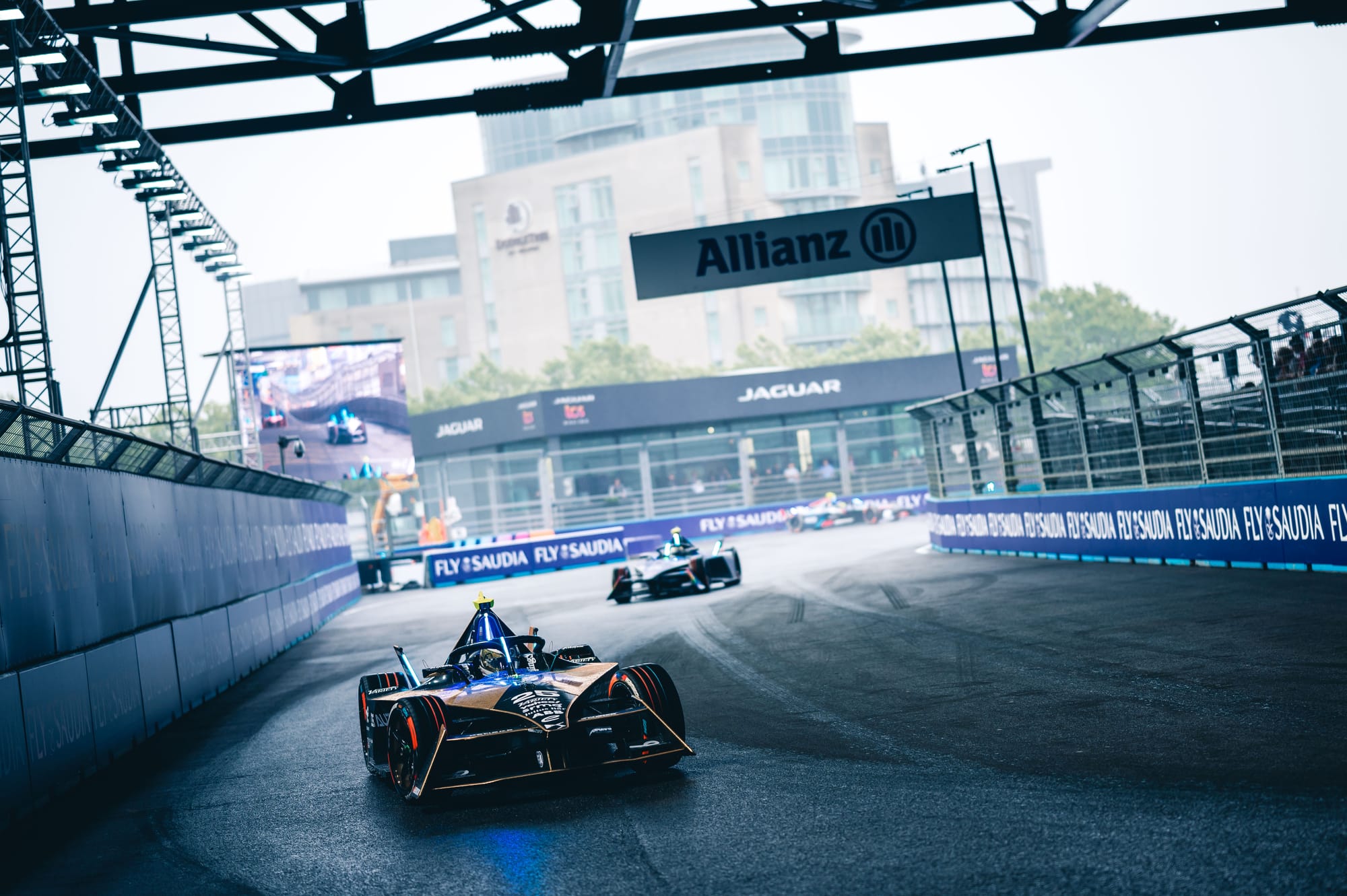
London's ExCeL circuit presents one of the biggest challenges with a complex of corners onto the start/finish straight contributing to a natural accordion effect, which is exacerbated by the tight confines of the arena.
Formula E is far from unique in facing these issues but with shorter laps and so little track time the ingredients for major incidents are greater than most.
Cassidy’s accident was a close call. Whether it will be heeded is up to the powers that be.
But they can’t say now that there hasn’t been a warning on how serious the issue is.
